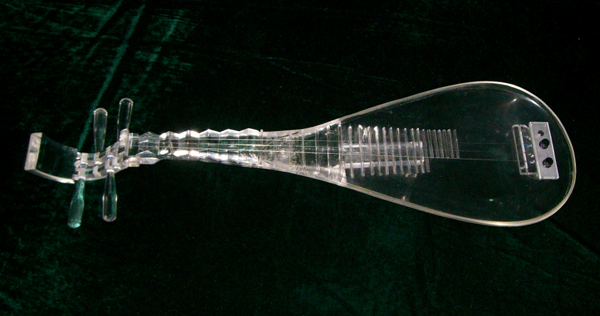How to Solve the Problems When Practicing Pipa Picking Skills
"Playing and picking" is the first method of playing in the beginner stage, and it is also the most basic and important playing method. In order for students to practice "playing and picking" well in the entry-level stage, teachers must first teach in the correct way, so that students have a correct and good "habit", and secondly, teachers must also require students to work hard on timbre. We know that the timbre and atmosphere of the pipa are "music" and "noise", of which "music" occupies the main position, and it is the sound of the latest version that we have used repeatedly in playing; "noise" is the special technique used in pipa performance The sounds produced, such as "twisted strings", "sounds", "picks", and some strikes that imitate percussion. There are two main stages of training for beginners in the "Bounce" part: the first part is "Fixed Bounce", and the second part is "Wrist Bounce". The purpose is to allow beginners to better master this playing technique, and to lay a solid foundation for the development of basic playing skills in the future. Next, I will talk about the problems that are prone to occur in these two stages of training and the corresponding solutions.

1. Fixed bounce
Beginners are prone to the following problems when practising and using fixed strumming: they start to play before the hand shape is ready; the big finger and the index finger are separated; the last joint of the finger is used when playing the pipa, etc. The appearance of these problems can easily lead to the phenomenon of thin and hard sound. Let's take a look at how to bounce correctly.
When playing, first hold the right hand in a circle, and the tiger's mouth is in the shape of a longan (circle), then straighten the first two joints of the index finger to the left panel and pop it out. towards the panel, not straight ahead. The resulting sound is thick and clean. After playing, the fingers are retracted to restore the hand shape before the shooting.
If you want to do this when picking, when the right hand is in a circle, the first joint of the big finger touches the string straight and makes a sound. After picking up, the place where the big finger touches the string should not exceed the height of the second string. . After picking, retract it and restore the hand shape before picking.
The above describes the basic skills of "playing and picking", in addition to this, special attention should be paid to: you must learn to find the relaxed state of your fingers after playing in continuous practice, and the position where your fingernails touch the strings when playing with this combination. All should be on the tip of the fingernail, and the force should be on the tip of the finger, and strive to make the sound played evenly and full.
2. Wrist snap
In the performance of this technique, on the basis of practicing "fixed picking", the wrist is added to pick and pick. The sound of "fixed pick" is more "rigid", while the sound of wrist pick is crisp and soft.
During the teaching, the author found that students often have the following problems: the movement is too large when using the wrist to pick and pick, and the nails stay on the strings for too long, and the wrist is always in a state of tension and force. In this way, the sound played will not achieve a crisp and soft effect.
The correct way to play the wrist is to keep the fingers in the same way, but the wrist needs to be in a relaxed state. When playing, let the wrist rotate slightly like a fan, and the nails should be fast and decisive on the strings. Play around and focus on one point.
Special attention should be paid here, do not make the pick up and down because of the addition of the wrist.
 渝公网安备 50010702504639号
渝公网安备 50010702504639号